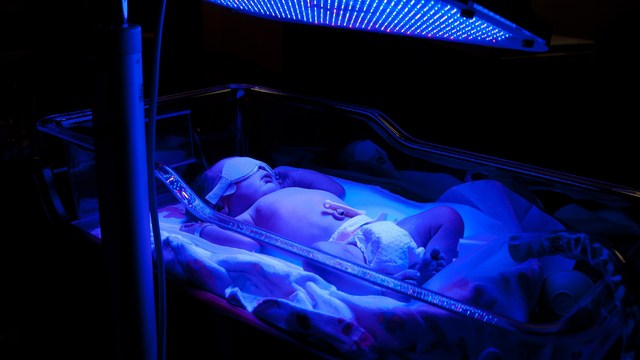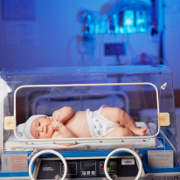Jaundice is a yellow discoloration of the skin, mucous membranes and the whites of the eyes that are caused by increased amounts of bilirubin in the blood. "Signs" of an illness can be distinguished from "symptoms" of an illness because signs are objective physical findings, whereas symptoms are things that a patient feels or notices.
In addition to the aforementioned yellow discoloration, some of the common signs of jaundice include: light-colored stools and dark-colored urine, whereas itching of the skin is a symptom of jaundice.
The yellow pigment associated with jaundice is from bilirubin, a byproduct of old red blood cells. Generally, jaundice is a sign of another, underlying disease process, which (of course) may have its own signs and symptoms.
Some of the most common correlated symptoms include include: nausea, vomiting, abdominal pain, fever, headache, weakness, loss of appetite, confusion, and swelling of the legs and abdomen.
https://www.empowher.com/jaundice/content/jaundice-symptoms-and-diagnostic-tests




Add a CommentComments
There are no comments yet. Be the first one and get the conversation started!